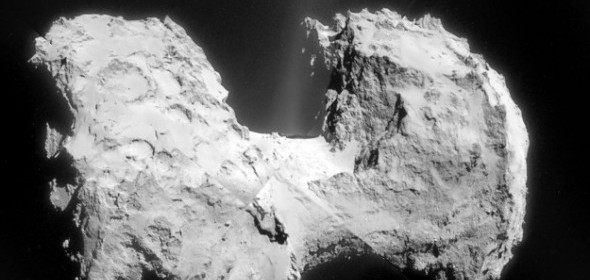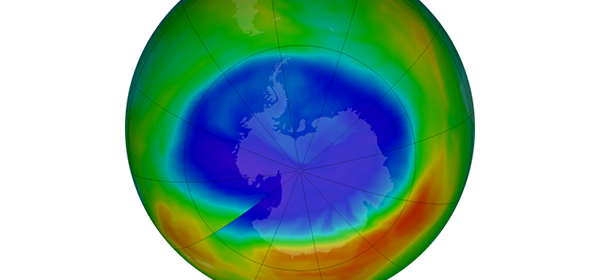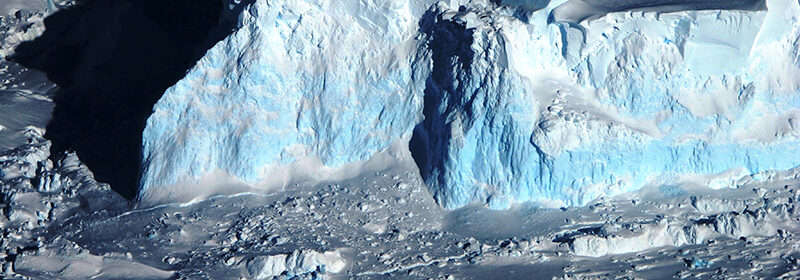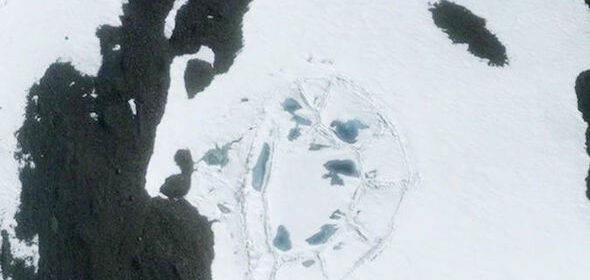Penguin cams film hunt for food under Antarctic ice
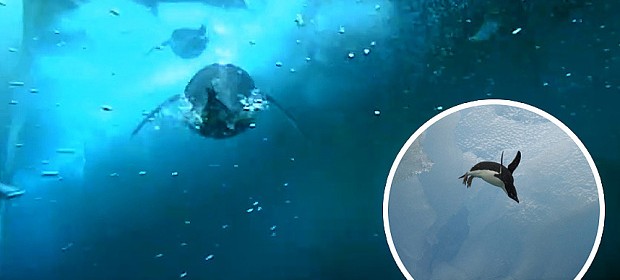
Research into penguins has plunged to new depths with the release of images which provide a glimpse of life beneath the Antarctic ice. Penguin cams have been able to capture footage which reveals a look into the life of a penguin that we rarely get to see. Miniature penguin cams were attached to the backs of Adelie penguins by scientists […]
Read more
